Tim Levin/Insider
- I drove the new Toyota bZ4X electric SUV from New York to Washington DC, and back.
- The nine-hour drive involved three hours of charging.
- I learned the hard way that sometimes you need to choose between staying warm and maximizing range.
Electric cars are quick, quiet, and kind to the planet, but limited range and lengthy charging times mean road trips aren't exactly their strong suit.
That's what I learned when I took Toyota's new bZ4X SUV from New York to Washington D.C. one weekend in early April. The 500-mile journey wasn't some epic coast-to-coast adventure, but rather the kind of long-haul drive someone might casually take a few times per year and not think twice about — if they're behind the wheel of a regular gas car.
In a battery-powered vehicle, though, things aren't always that simple.
Charging can take a frustratingly long time
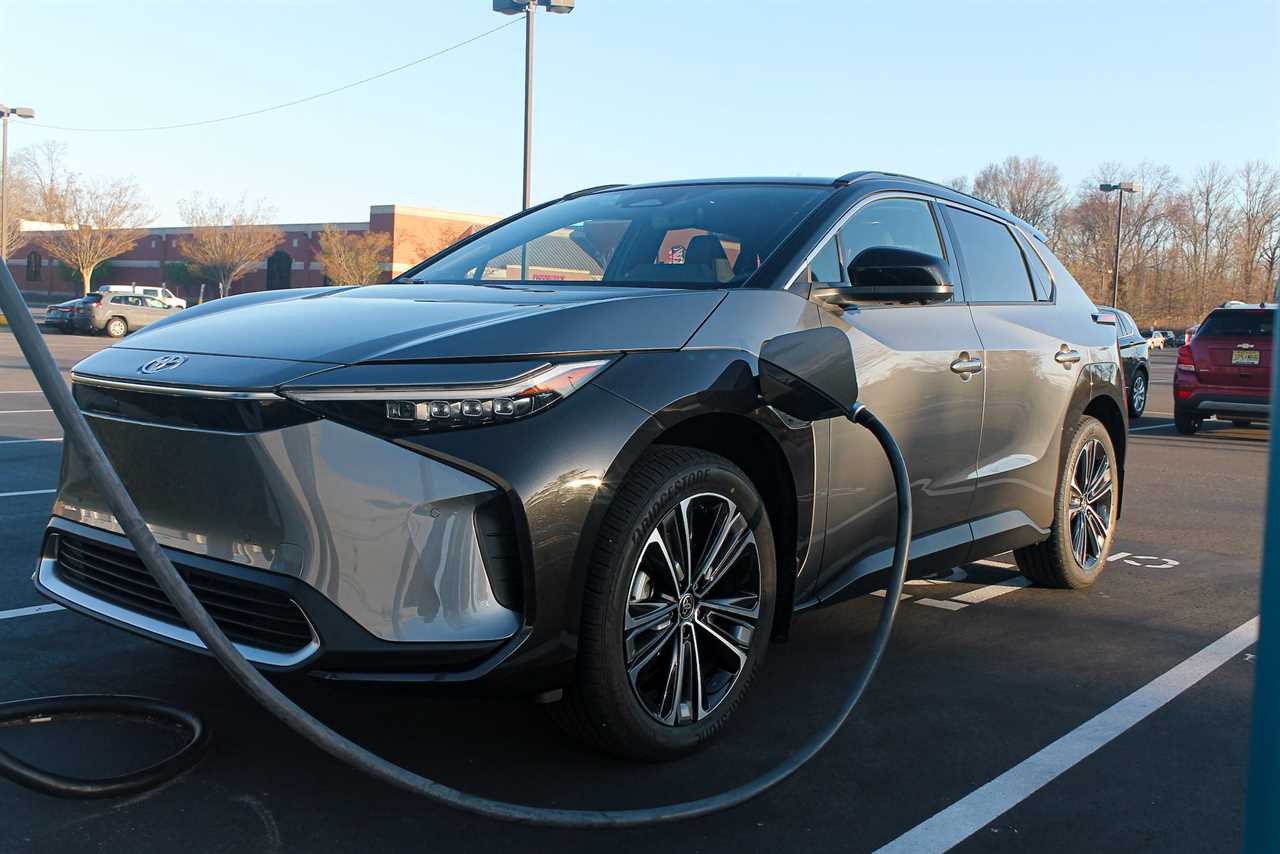
Tim Levin/Insider
Let's nerd out for just one moment to establish some basic concepts.
Every EV has a maximum charging rate, expressed in kilowatts (kW), that governs the amount of power it can accept from roadside fast chargers. For the bZ4X AWD I tested, that's an uncompetitive 100 kW. The higher an EV's rating, the faster you can hypothetically charge — so long as you find a charging plug whose rating is equal or greater.
But you don't always achieve that max charge rate due to the charger, the temperature of the battery, or, in my case, settings built into the vehicle itself. During my trip, the car never got close to 100 kW, leading to some excruciating charging times.
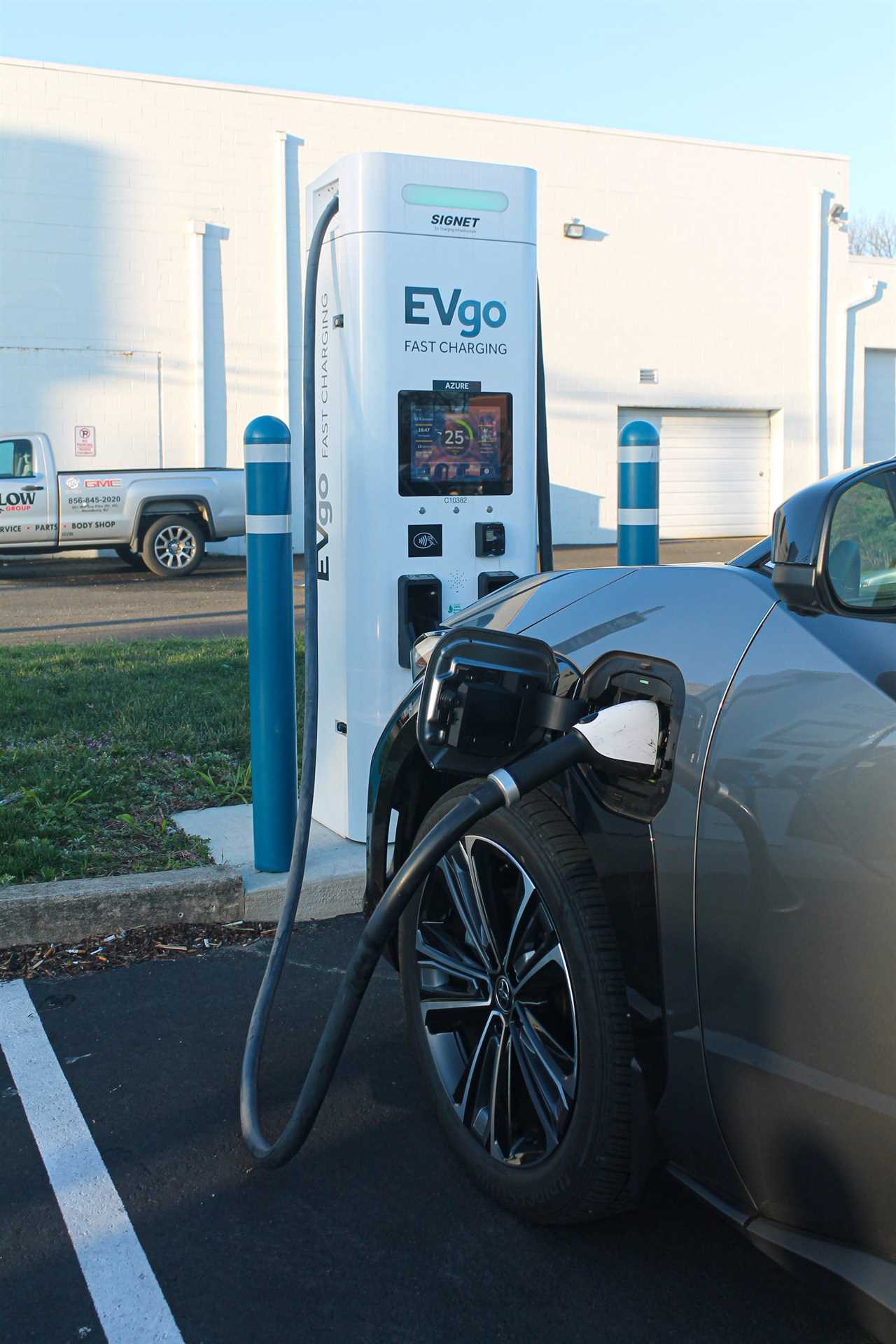
Tim Levin/Insider
Toyota engineered the SUV to prioritize battery longevity, a spokesperson said, which means putting a damper on fast charging, which can accelerate battery wear.
On the way down to D.C, I pulled into an Electrify America station with a 37% charge, looking to add just enough energy to make it the rest of the way. The Toyota refused to pull more than 35 kW, so just getting to 74% took a full 45 minutes of waiting around — not exactly something you want to do at night when you still have hours of driving ahead of you.
That stint added 95 miles of range, according to the SUV's estimates. But highway speeds sap energy quickly, so in real-world terms, it was probably more like 75.
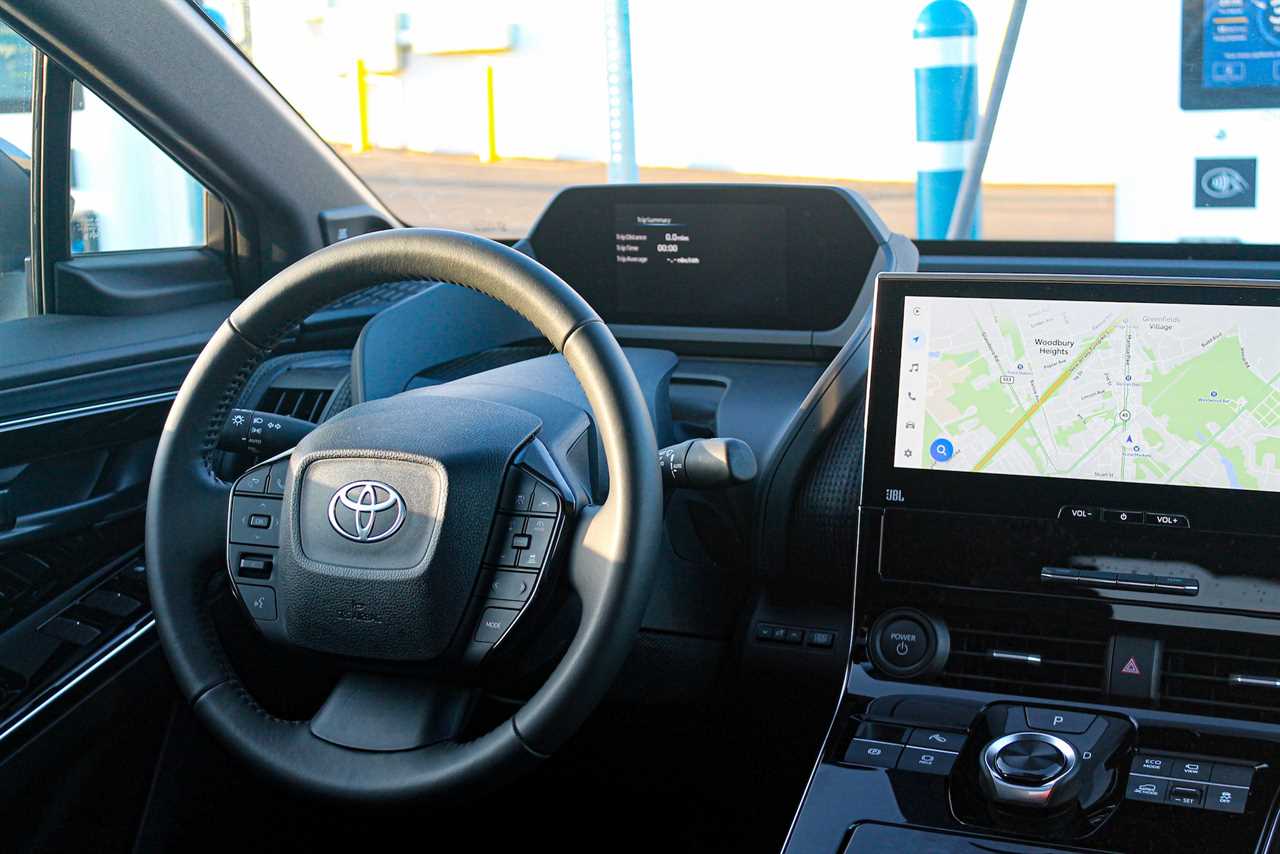
Tim Levin/Insider
On the return trip, I stopped at an EVgo station with 6% remaining. This time, the Toyota wouldn't budge past 50 kW, so charging to 80% took an agonizing hour and 15 minutes.
Total it all up and charging stops added two hours of travel time to the roughly nine-hour trip.
But this experience isn't universal. Teslas charge quickly and benefit from an expansive, private charging network. Some Hyundai batteries can charge to nearly full in the time it takes to find a bathroom and grab some beef jerky. Many vehicles beat the Toyota's so-so 222-mile range, cutting down the frequency and urgency of pit stops.
You need to leave yourself a big range buffer
Each time I charged up, I made sure to create a comfortable buffer between the distance Google Maps said I had left and the Toyota's remaining range, as indicated on its screen. I've run out of range too far from a charging station before, and it wasn't fun.
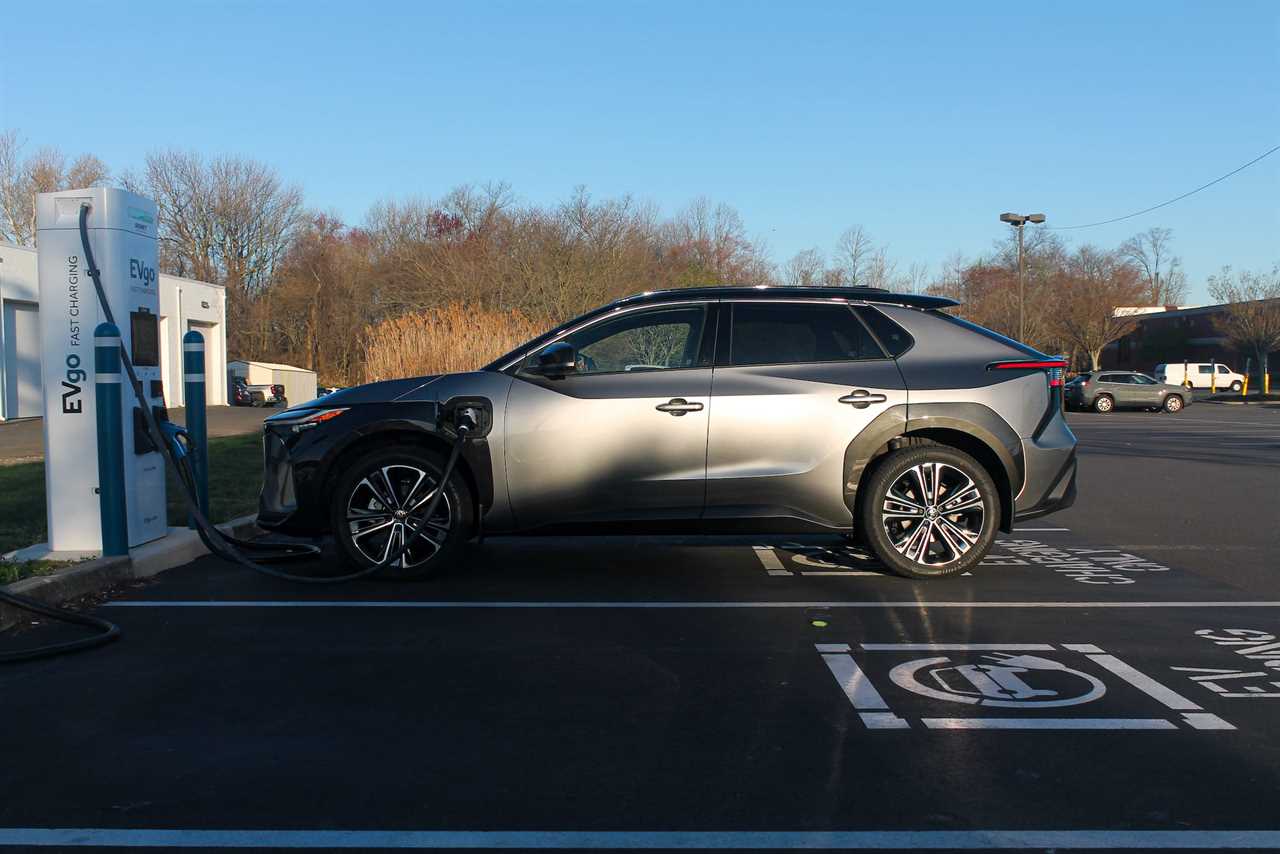
Tim Levin/Insider
That turned out to be a savvy move. Factors like high speeds, inclines, and — as we'll discuss in more detail later — use of the climate settings can deplete an EV's range faster than expected. So unless you know your EV well, don't blindly trust what it tells you.
Here's an example. When I left the Electrify America station in New Jersey and set off for DC, the Toyota indicated 188 miles of range— plenty to drive the 138 miles remaining, right? Nope.
I watched my beautiful buffer wither away to just 11 miles by the time I arrived, triggering an unsettling message telling me to charge soon. A couple of wrong turns dropped my final range to just nine miles.
Since charging stations aren't nearly as abundant or well-marked as gas pumps, you need to carefully plot out your pit stops in advance to avoid a bad time.
You can charge while you do other things
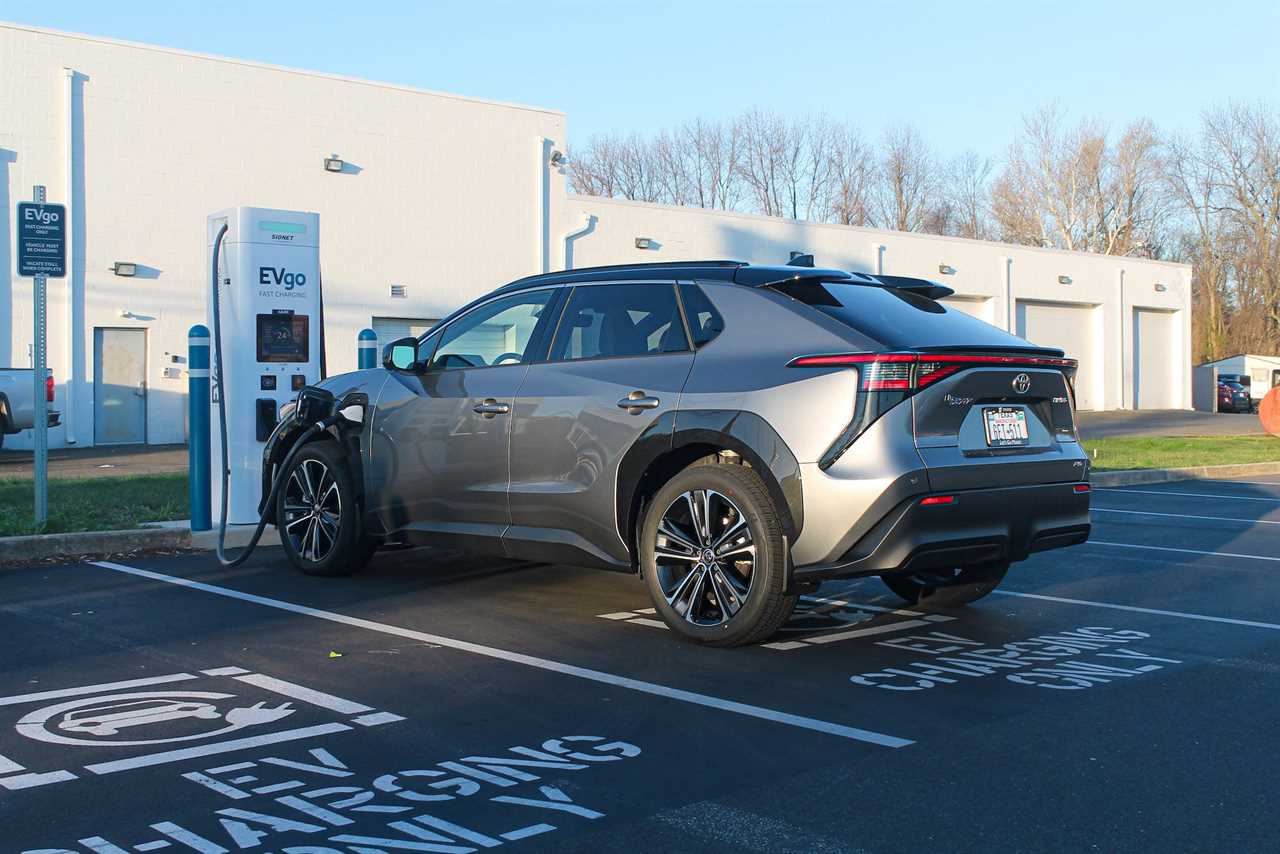
Tim Levin/Insider
One of the bright spots of driving an EV is you don't need to sit in your car while it charges. If you aren't en route somewhere, you can plug in and go about your day.
The morning after I arrived in DC, I checked the car and saw its range had dropped overnight to six miles. Since I didn't want to sit through a full hour of charging right before hitting the road back home the next day, I looked for a charger in the city and found some EVgo stalls near Union Station.
I drove over, plugged in, and went sightseeing for a couple of hours. All the while, I was able to check the car's charging progress through the EVgo app on my phone. This was the best charging session I had all weekend: 3% to 77% in an hour, that particular charger's time limit.
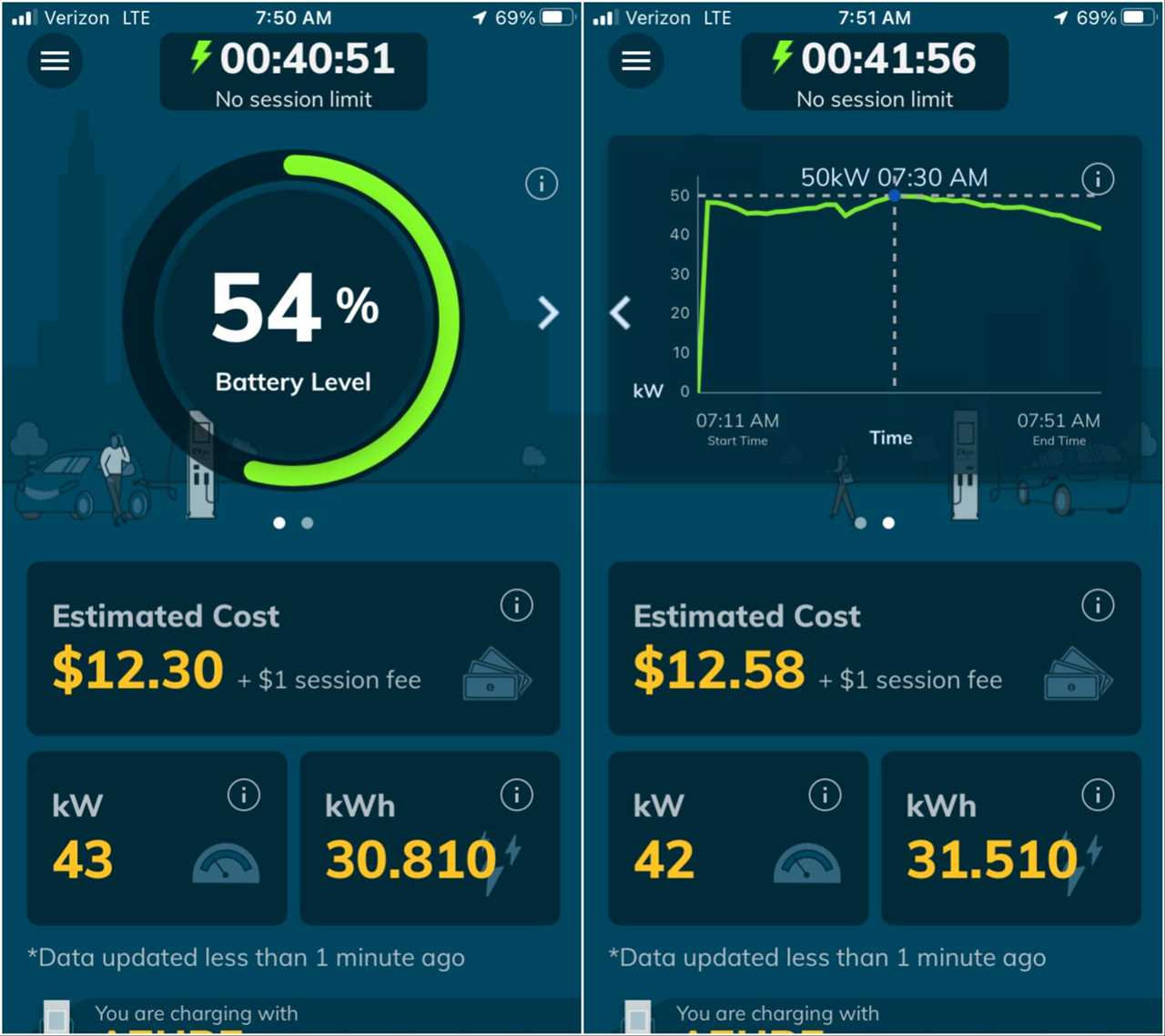
EVgo
Better yet, the EVgo app provided a QR code to flash at the gate so I could leave the parking lot without paying.
Still, it was a bummer that I had to take time out of my day and drive to a charging station. If the garage at the apartment I was staying in had had a charger of its own, that would've made the whole trip much more seamless.
Prepare to choose between comfort and range
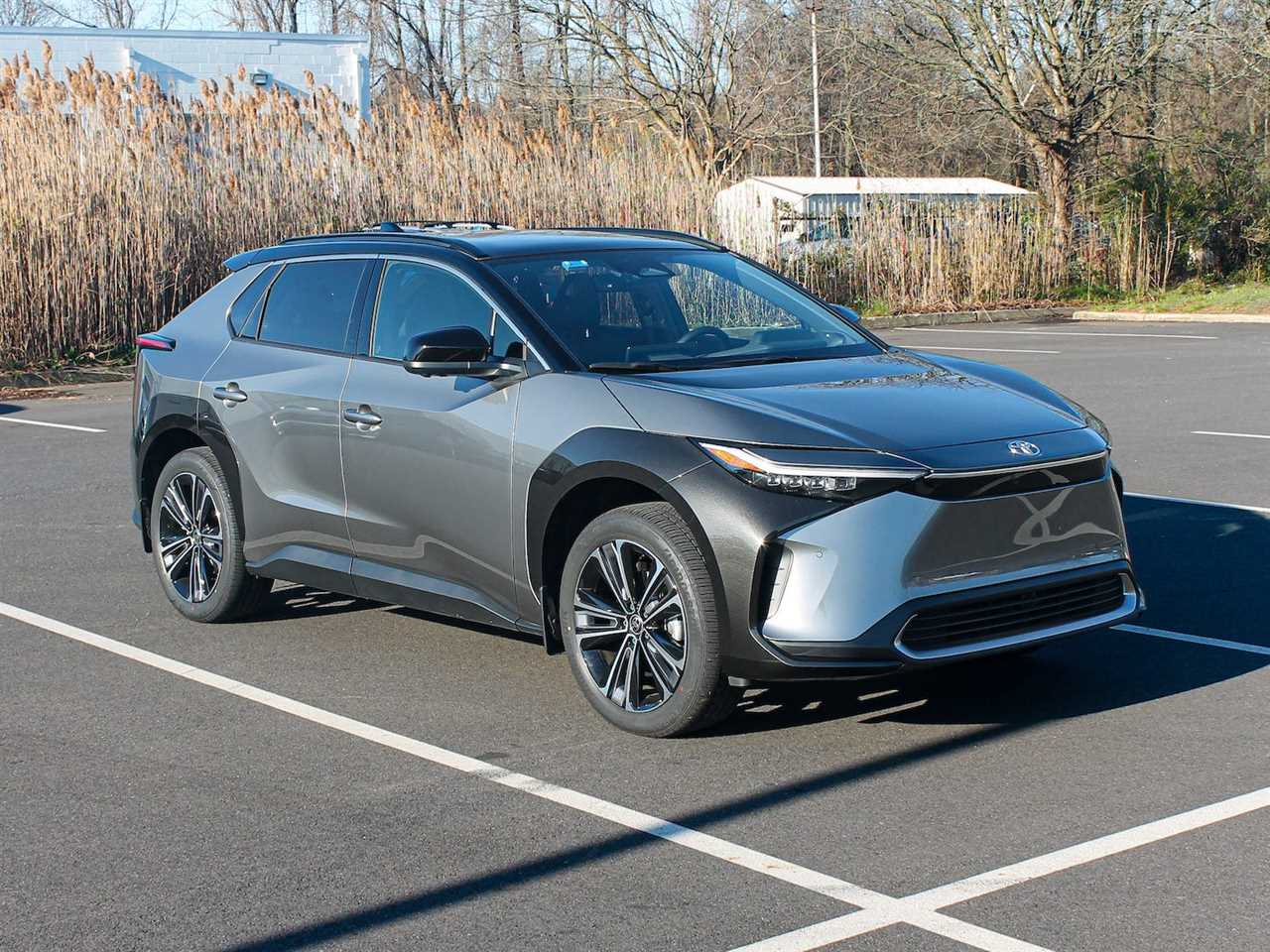
Tim Levin/Insider
A combustion-engine car creates heat as a byproduct, so cranking up the radiator is no big deal. But electric cars use energy from their batteries to make heat, leaving drivers choosing between maximum range and maximum comfort.
I hit the road back to New York on a chilly morning with 176 miles of range. When I went to turn on the heat, the indicated range plummeted to 125 miles. The options became: Stay toasty and charge twice, or endure the cold and stick with the planned one-stop strategy. Given the bZ4X's lackluster range and my previous, lengthy experiences charging it, I went with the latter.
I bundled up and relied mostly on the seat and steering-wheel warmers (which are more efficient than the regular heater) to make things almost bearable. I'd be lying if I said I didn't curse these silly electric cars under my breath once or twice.
But the electric future seems inevitable at this point, so we might as well learn to live with it.
Read More
By: [email protected] (Tim Levin)
Title: A 9-hour drive in Toyota's new electric SUV showed me how brutal EV road trips can be with the wrong car
Sourced From: www.businessinsider.com/toyota-bz4x-electric-car-road-trip-charging-time-range-2023-4
Published Date: Sat, 15 Apr 2023 11:50:00 +0000
.png)





